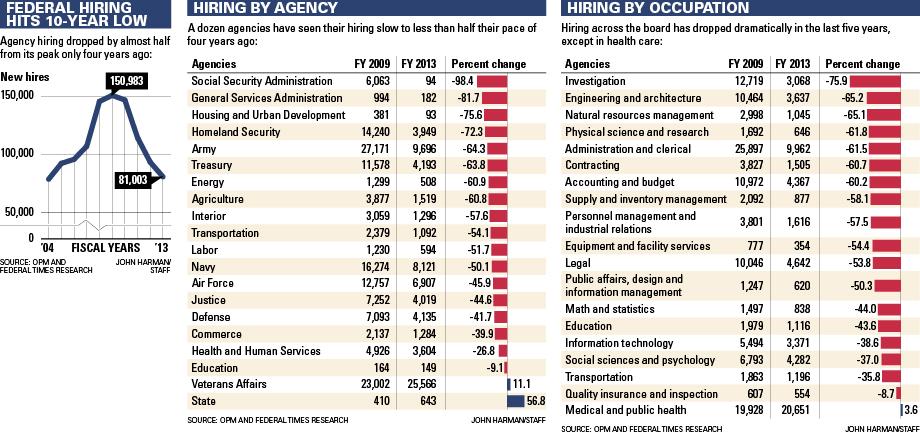Sec. 105 –Requires the SSA OIG [Office of Inspector General] to conduct biennial reviews of a sample of the highest earning claimant representative firms to ensure compliance with SSA policies.
Sec. 201-Requires the Commissioner to conduct quality reviews of hearing dispositions in sufficient numbers to ensure compliance with laws, regulations, and other guidance issued by the Commissioner. These reviews include reviews both before and after a case has been finalized, or “effectuated.” The Commissioner is also required to annually report the results of these reviews to Congress.
Sec. 301-Requires the Commissioner to update the 1979 medical-vocational regulatory guidelines for determining disability by considering new employment opportunities made possible by advances in treatment, rehabilitation and technology. (Effective as soon as possible after the date of enactment)
Notice the cuteness of this. It doesn't change the definition of disability. Goodness no. It just orders that Social Security change its regulations in ways that would drastically reduce the number of disability claims approved, in order to prevent fraud since as we all know fraud is rampant in Social Security disability. Of course, if those changes turn out to be unpopular it's not Congress' fault. All Congress was doing was trying to reduce fraud. The fault would be with those incompetent, heartless bureaucrats at the Social Security Administration.Sec. 302-Expands current research and demonstration authority to:·Develop instruments to assess function that are rapid, reliable,and objective to inform the disability determination process. (To be completed no later than the end of calendar year 2016)·Study the availability and effects of more fully considering assistive devices and workplace accommodations in the disability determination process. (To be completed no later than the end of calendar year 2016)
